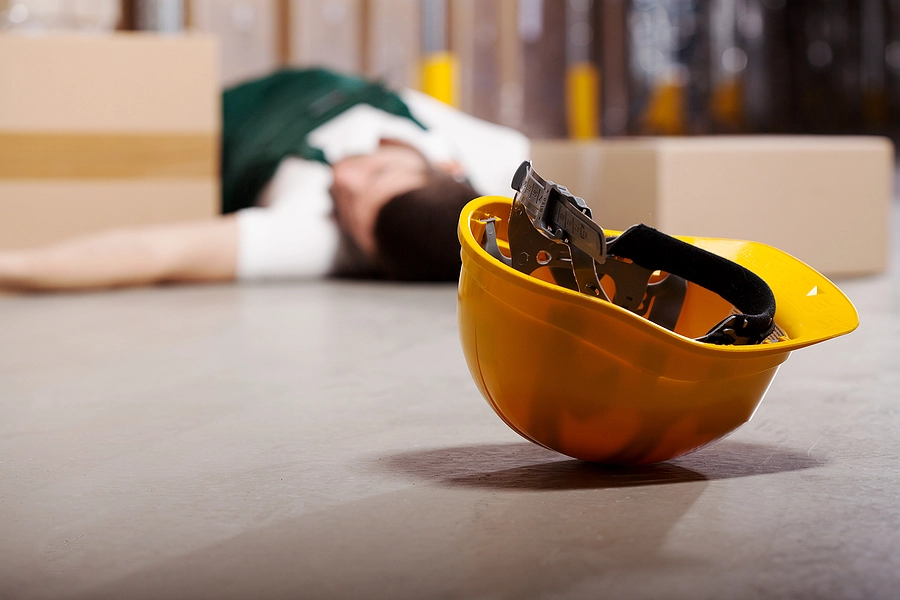Safety Regulations and Construction Accidents: An In-Depth Look

In the architectural symphony of rivets and beams, brick and mortar, construction sites play host to the birth of our built environment. However, amid this bustling symphony lies a poignant reality — the high risk of accidents. Safety regulations are in place to mitigate these risks, but how effective are they? This blog post offers an in-depth analysis of safety regulations in the construction industry and their role in preventing construction accidents.
Understanding Safety Regulations in Construction
Regulations and guidelines aimed at enhancing safety on construction sites are established at both federal and state levels. The Occupational Safety and Health Administration (OSHA) sets federal standards, while state-level regulations often complement these.
Key safety regulations focus on aspects like:
- Proper Use of Equipment: Regulations mandate the correct use of construction equipment and the provision of regular maintenance and safety checks.
- Fall Protection: Given that falls are a leading cause of construction site injuries, regulations are in place to ensure the use of safety harnesses, guardrails, and other fall prevention mechanisms.
- Hazard Communication: Sites must have proper signage and communication to alert workers to potential hazards.
- Safety Training: Workers should receive comprehensive training on safety procedures, proper equipment usage, and emergency response protocols.
The Impact of Regulations on Construction Accidents
The Successes
Studies suggest that strict enforcement of safety regulations significantly reduces the risk of accidents. Construction sites that adhere to these regulations report fewer injuries, improved worker morale, and increased productivity.
The Challenges
Despite the presence of safety regulations, construction accidents still occur. Several factors contribute to this:
- Inadequate Enforcement: Regulations are only as effective as their enforcement. Without regular inspections and rigorous enforcement, compliance can be lax.
- Language Barriers: The construction industry employs a diverse workforce, and language barriers can lead to miscommunication or misunderstanding of safety protocols.
- Cost-Cutting Measures: Some companies may skimp on safety equipment or training to cut costs, putting workers at risk.
- Fast-Paced Work Environments: The pressure to meet deadlines can sometimes lead to rushed work, increasing the risk of accidents.
The Way Forward
While current safety regulations have made strides in reducing construction accidents, there’s room for improvement. Increased enforcement, comprehensive safety training, improved communication, and a stronger emphasis on a culture of safety can help bridge the gap.
Conclusion
Understanding the role of safety regulations in preventing construction accidents can be a game-changer. For construction workers, it can mean the difference between a routine day at work and a life-altering injury. For construction companies, it can mean the difference between a successful project and a tarnished reputation.
Safety regulations are more than just rules to be followed — they’re integral to constructing an environment where buildings rise, and workers return home safely. Remember, in case of a construction accident, a personal injury lawyer can provide guidance, helping victims understand their rights and seek the justice they deserve.
